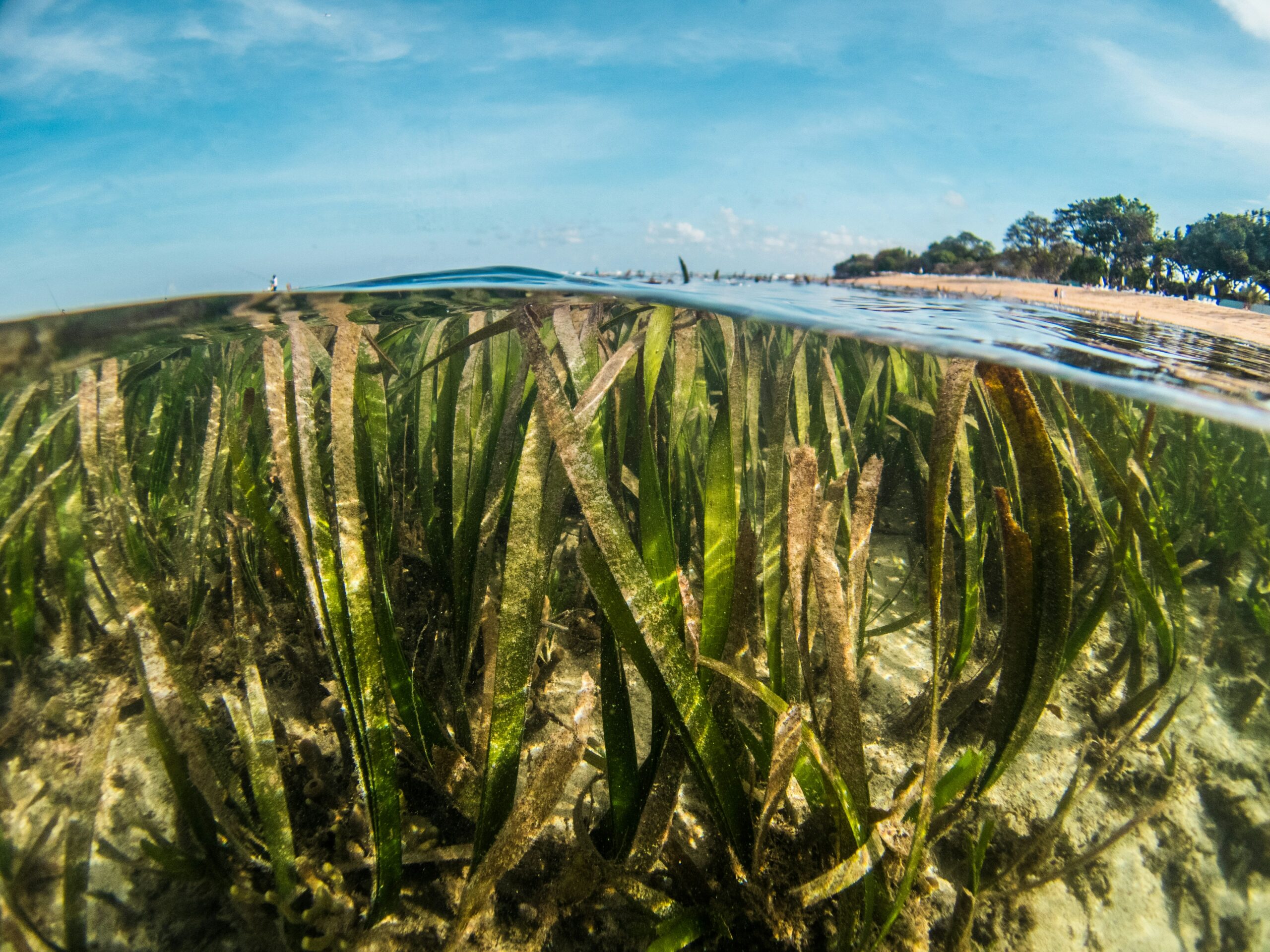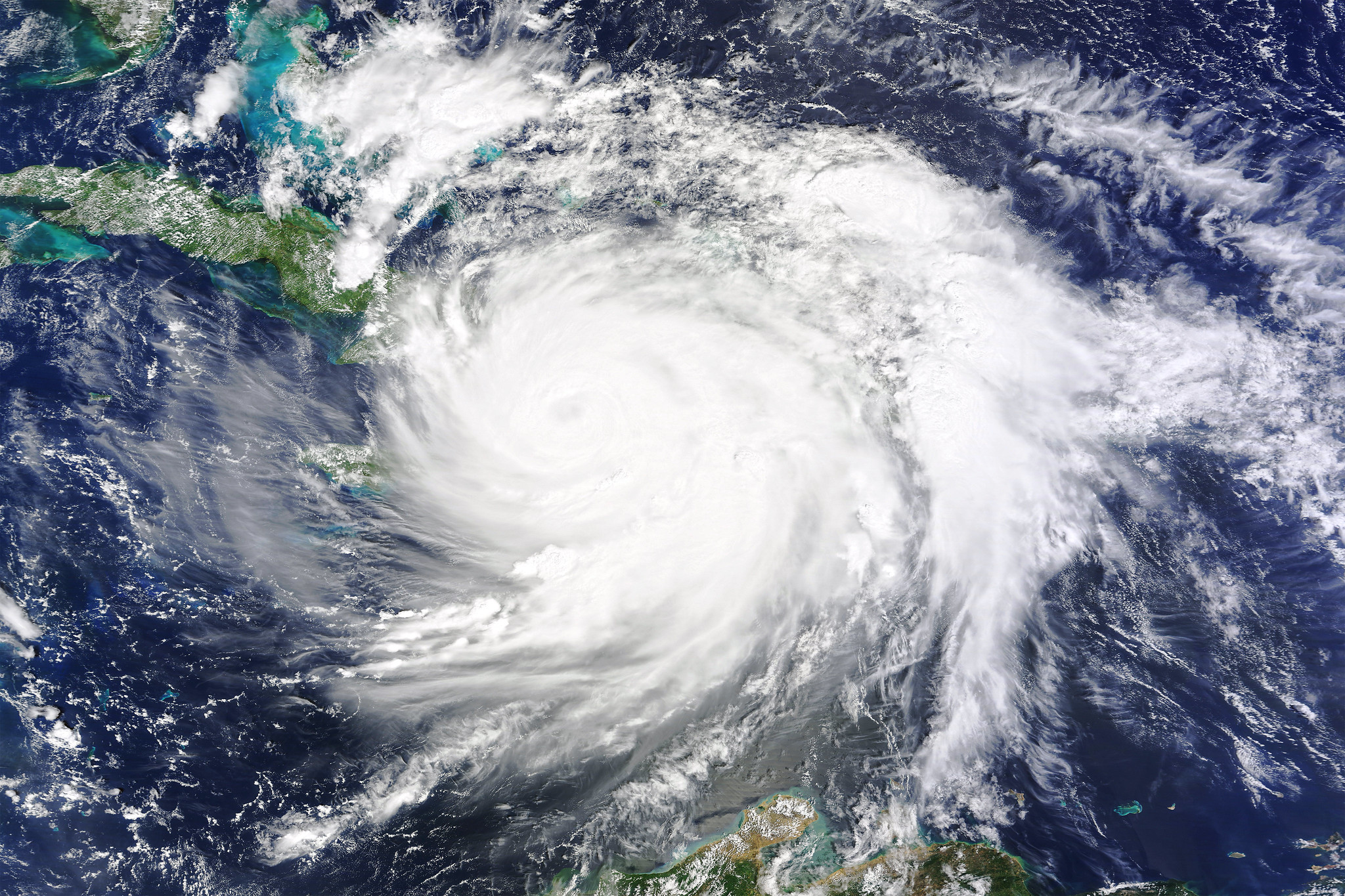Wildlife
Ambitious project in south-west Wales aiming to restore one of the world’s most important habitats is getting underway. Two species of seagrass, Eelgrass (Zostera marina) and Dwarf Eelgrass (Zostera noltii) are being grown in ponds fed with seawater pumped in from the nearby Carmarthen Bay, and over the past two years alone this project has processed 1.5 million seeds. These have subsequently grown tens of thousands of plants that are now being reinstated in the wild to help restore the UK’s underwater seagrass meadows, 90% of which have vanished in the past 30 years alone.

Thriving Ecuador bird tourism is incentivising farmers to turn their agricultural land into nature reserves. Ecuador is home to over 1,600 species of bird, almost double the number found across the whole of Europe. As the country’s birding tourism grows, increasing numbers of farmers are turning their agricultural land into nature reserves to help preserve their stunning local wildlife. This is not only benefiting nature, but also the country’s economy as wildlife tourism offers a much more profitable livelihood than farming, resulting in some farmers expanding their land’s potential further than any traditional farming model would have provided.
Critically endangered Devils Hole Pupfish population reaches a 25 year high. This rare species lives in the smallest known desert habitat of any vertebrate and is only found in the upper areas of a single limestone cave in the Mojave Desert, Nevada, where the whole population resides on a single shallow rock shelf. They have evolved to be able to withstand harsh desert conditions, including very high water temperatures and extremely low oxygen levels. In 2013, their population fell to just 35 individuals, but careful conservation efforts over the past 11 years have offered hope for this rare species as their population has now reached a 25-year record high of 191 fish.
Environment
The North Atlantic is set to be hit by more than double the normal number of hurricanes this season, warns NOAA. Researchers have suggested that this is predominantly due to high sea surface temperatures as a result of the upcoming transition between El Niño and La Niña which helps these storms grow more easily. Although there is no evidence showing that climate change is a contributing factor, it is likely to exacerbate the severity of these weather patterns. Contrastingly, NOAA have predicted a below-normal hurricane season for the central Pacific region where El Niño and La Niña work in opposition.

Purbeck Heath begins its transformation into an ancient savannah habitat to help precious species thrive. The National Trust’s lead ecologist for Purbeck, David Brown, explained that the project hopes to use domestic grazers such as wild cattle, pigs, ponies and deer to mimic their wild ancestors and shape the 1,370 hectares of open grassland in Dorset into a dynamic, complex and biodiverse ecosystem. Purbeck Heath is already one of the most diverse areas in the UK, and this project will aid the recovery of rare and threatened species such as Purbeck Mason Wasps, Heath Tiger Beetles and Sand Lizards.
Climate
Increased ocean temperatures are undercutting the Thwaites Glacier and causing glacial melt from below. This glacier is currently losing 75 billion tons of ice per year, accounting for nearly half the total ice lost from Antarctica per annum. Scientists have revealed that an estimated 150 million kilowatts of thermal power are injected into the ice with each undercutting intrusion, which could melt 20 meters of ice off the bottom of the glacier each year. Recent simulation to assess the effects saltwater invasion may have on retreat rates has revealed it could double the overall rate of ice loss for some glaciers.

New research reveals the catastrophic effects of extreme heat, deoxygenation and acidification in the oceans due to fossil fuels and deforestation. In the top 300 meters of affected oceans, these compounded events are lasting three times longer and are six times more intense than in the 1960s. A fifth of the world’s ocean surface is susceptible to all three of these stresses at once, which has been further exacerbated in recent decades as extreme weather conditions have become more intense. Scientists warn that the extra CO2 absorbed by the oceans has increased the temperature and acidity of seawater, is dissolving the shells of sea creatures and starving the ocean of oxygen. This series of events is comparable to those experienced at the end of the Permian period 252 million years ago when the planet experienced the largest known extinction event in its history.







